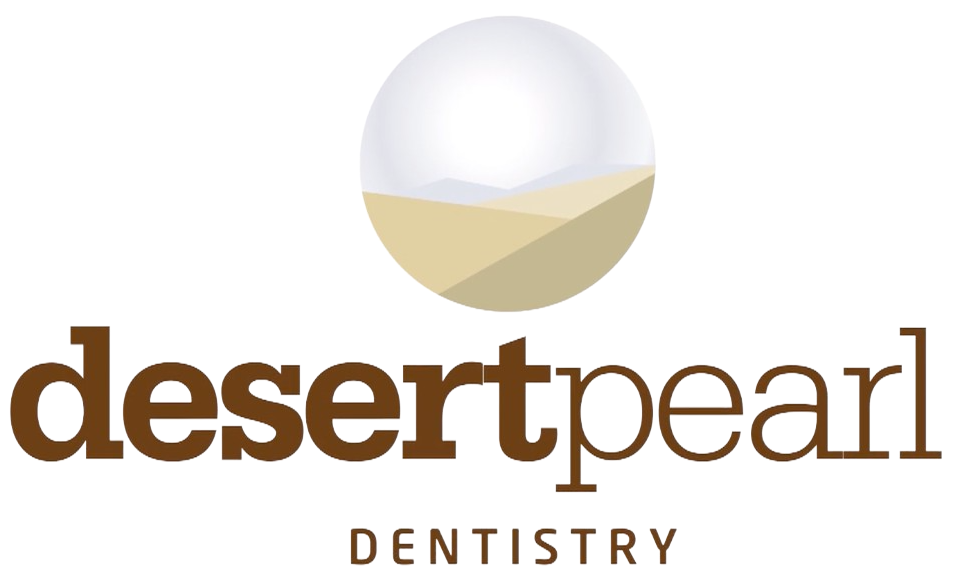While the COVID-19 pandemic may be dying out, there’s one that’s been here longer and continues to rage on. Periodontal disease affects over 65 million Americans each year and ranks as one of the leading health concerns of Americans. In the earliest stages, it’s known as gingivitis. When left untreated it develops into its advanced form, periodontitis. Periodontitis can pose a significant risk to the teeth, gums, and other oral structures. Education about the disease, including proper dental hygiene, is the best way to start stemming the tide of this disease.
The Causes, Risks, And Treatments for Periodontal Disease
Despite its prevalence, this condition is quite easy to prevent and control if it appears. It starts with a simple dental hygiene routine, including mouthwash, flossing, and brushing. This eliminates the presence of streptococcus mutans, the bacteria that cause tooth decay. The buildup of plaque and tartar, known as biofilms, can be prevented by keeping this culprit under control. A good dental hygiene routine can also eliminate these biofilms’ presence. Tartar can sometimes be more stubborn, requiring consistent professional cleaning during dental visits.
Common signs of periodontal disease include:
- Inflammation, Redness – Your gums will often appear red and inflamed if gingivitis is present.
- Bleeding when brushing – If you see blood when you brush your teeth, this may be due to gingivitis or periodontitis.
- Gingival Pocketing – This is another sign of gum disease if you’ve noticed your gums pulling away from your teeth. This symptom is specifically associated with periodontitis, the advanced form of gum disease.
While daily brushing, flossing, and mouthwash can prevent gum disease onset, dental visits are essential. Your twice-yearly dental visits focus on identifying developing oral health concerns, like gum disease. Thorough professional cleaning eliminates the presence of biofilms, especially tartar. Tartar is a hard substance known as calculus that can be difficult to remove with standard brushing.
When To Seek Treatment For Periodontal Disease
If you identify any of the signs of gingivitis mentioned above, it’s time to visit the dentist. Gums that are red and puffy are just the first indicators. Bleeding when brushing, pocketing of the gums, and the development of abscesses below the gumline come next. You can get around this by seeking treatment for the condition as soon as possible.
Treatment for gum disease is a simple affair in the earliest stages. Your dentist will clean all the biofilm from your teeth and dental roots. This will be followed by a process called planing, where the surface of the teeth and roots are smoothed to make it harder for bacteria to attach and form there. Surgical approaches may be necessary in more severe cases, including gum and bone grafts. These become necessary when periodontitis causes the degradation of gingival tissue and the jaw bone.
Don’t wait until gum disease gets out of control. Schedule a bi-annual consultation with your dental provider today. They’ll perform a full exam and design a comprehensive approach to treatment to restore your oral health.



